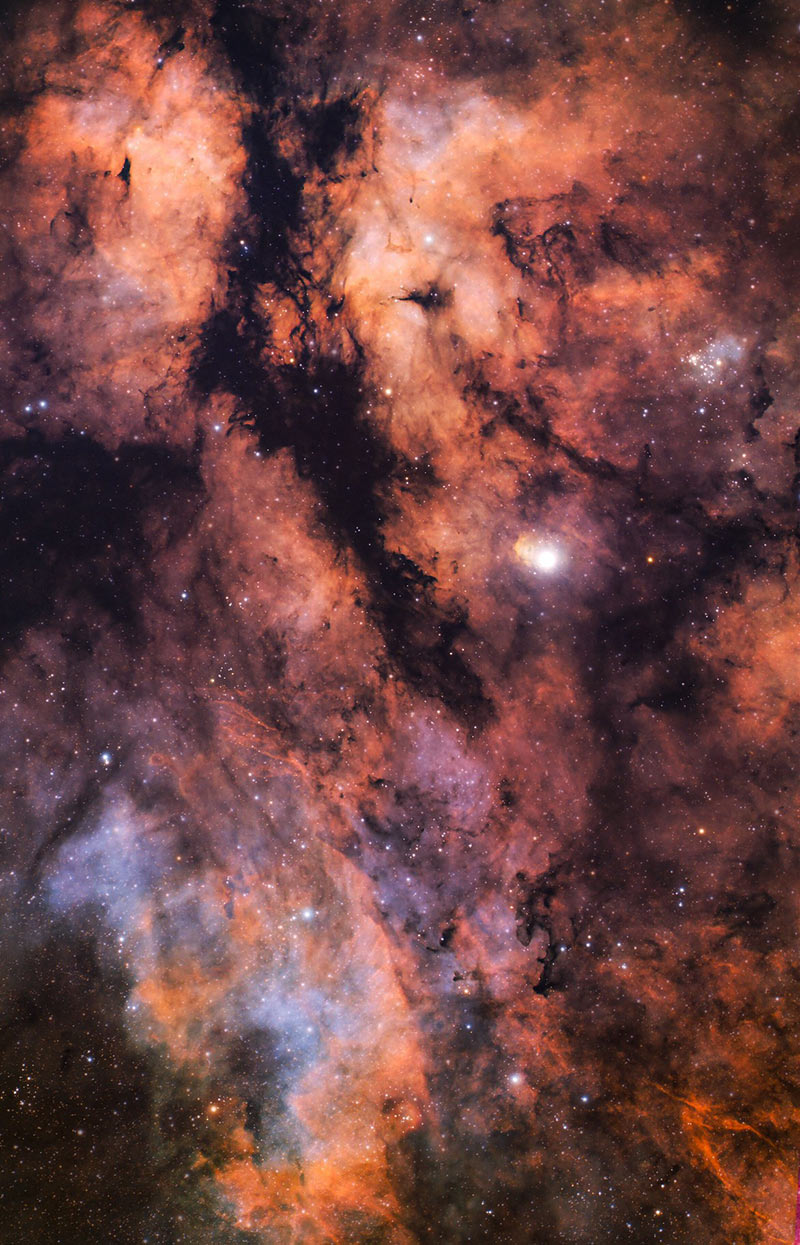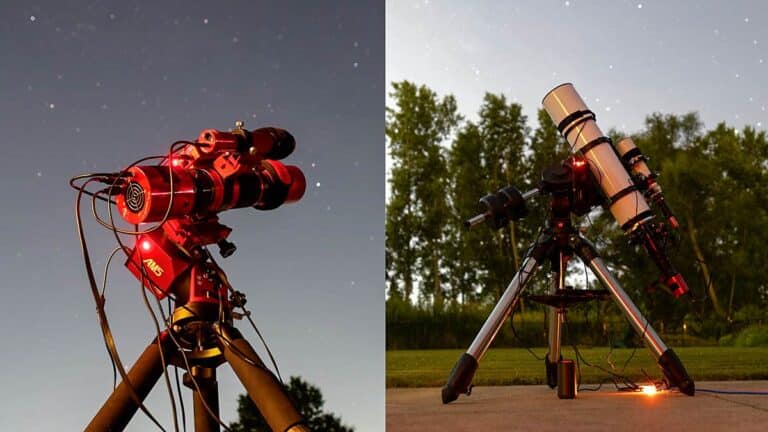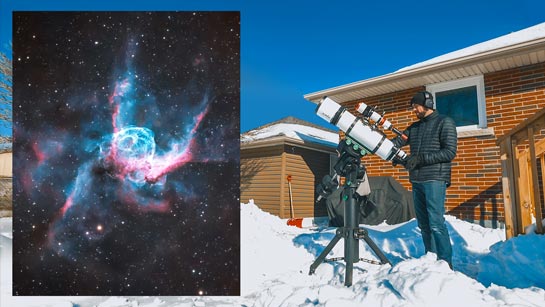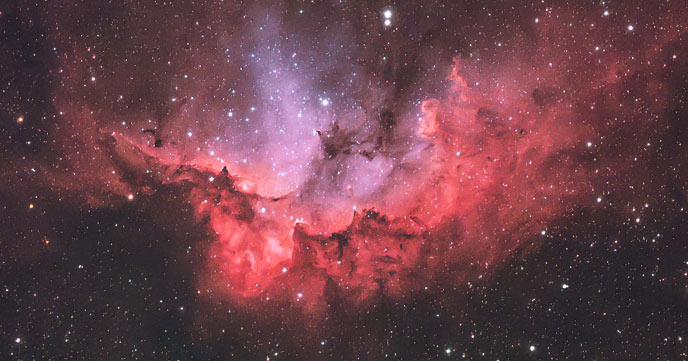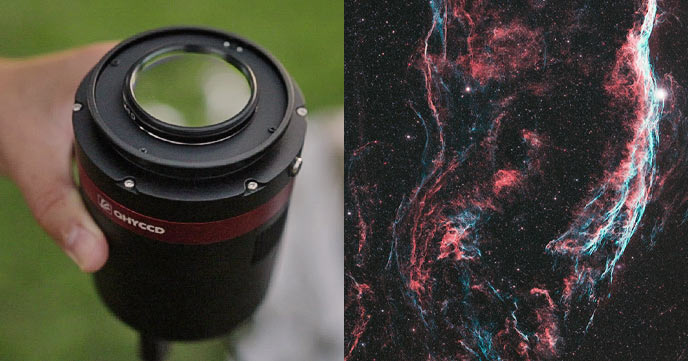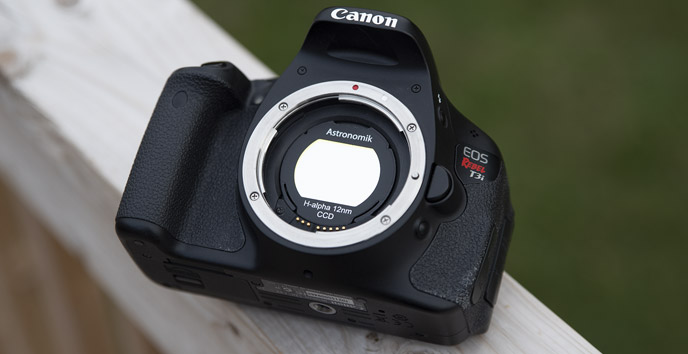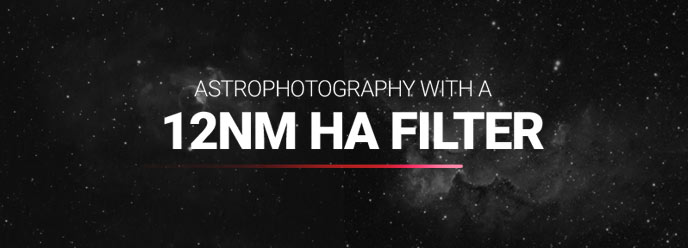$1,000 vs $10,000 Telescope for Astrophotography
Have you ever wondered what the same deep-space object would look like using two very different telescopes? I thought this was a great concept for a video (see below) and a real eye-opener for those looking into upgrading their telescope for astrophotography. For this experiment, we used two high-quality refractor telescopes that were very different…
